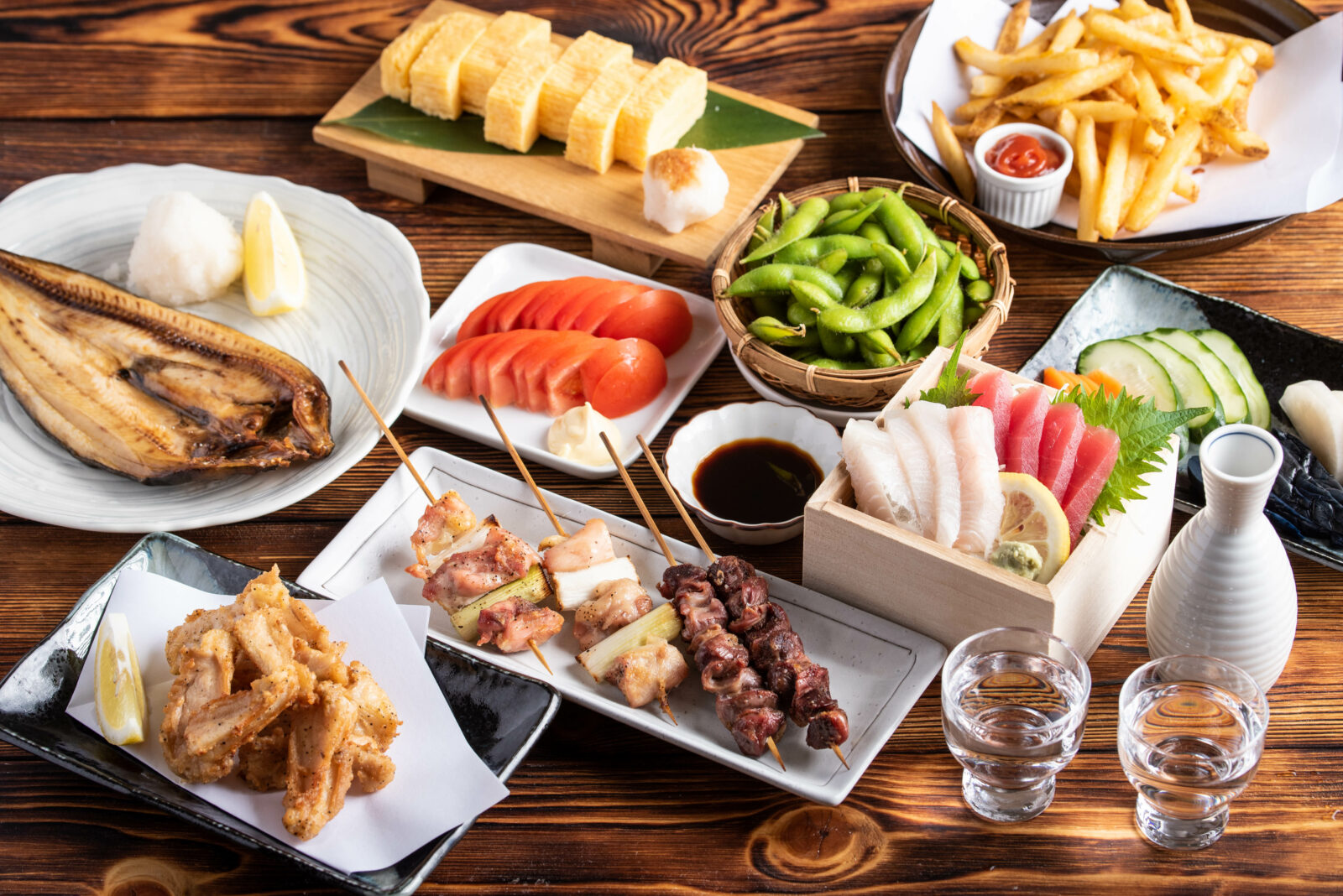Pairing Japanese Tea With Unique, Balanced Japanese Food
As an ancient island nation with deep roots in Buddhism, Japanese cuisine has always revolved around vegetables, rice and seafood, rather than the stuff of the United States: burgers, steaks, fried chicken, hot dogs.
But that doesn’t mean the foods of the archipelago fix entirely on white rice, miso soup and sashimi. In fact, in 2011 Japan became the country with the most 3-star Michelin restaurants, beating the longtime victor France. Today, the countries are tied, at 30 restaurants each.
While today restaurants like steakhouses, temples to haute French cuisine, barbecue joints and Italian trattorias crowd the archipelago’s largest cities — especially Tokyo — traditional foods remain staples for most Japanese. And those foods are awfully unique. In 2013, Unesco’s Intangible Cultural Heritage list added Japan to the roster.
Japanese teas and food
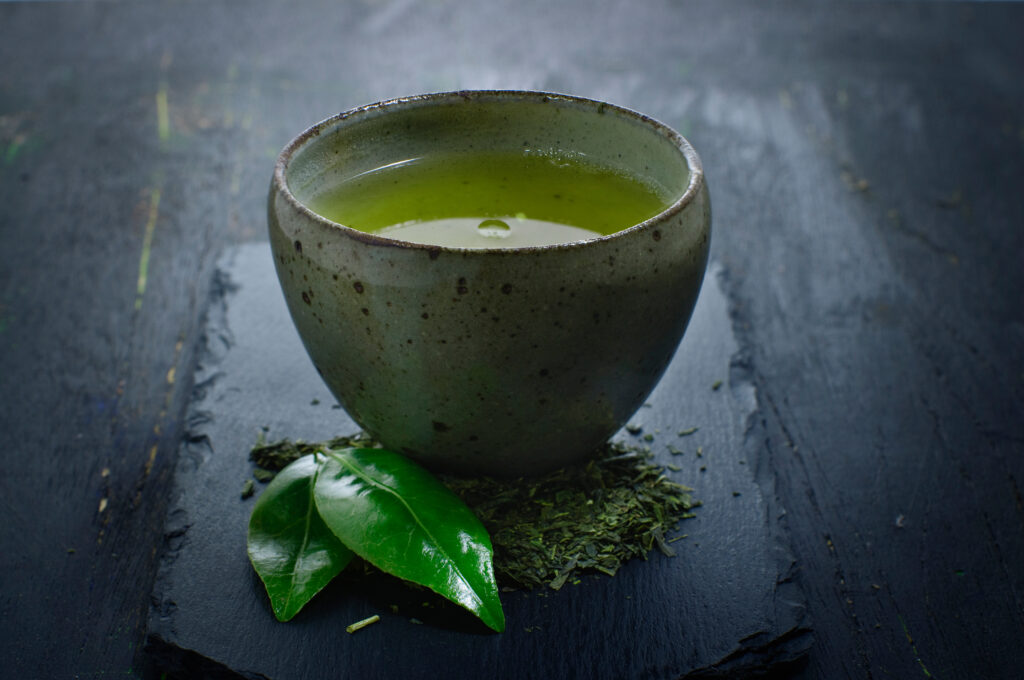
Tea and food share a deep relationship in Japan. In fact, the bowl used for the rice that is eaten at nearly every meal, called chawan, is the same word for the large bowls used in Japan’s iconic tea ceremonies.
Sushi and genmaicha. Sweets and matcha. Ramen and gyokuro. Japan’s novel teas marry extremely well with many of its most common dishes.
We thrill to Japan’s exciting range of teas, to the novel flavors and textures in its most common dishes and to the happy marriage between tea and food. And we recognize that while Tokyo may offer a wealth of the world’s cuisines, most meals revolve around traditional foods. After all, four islands — Hokkaido, Honshu, Shikoku and Kyushu — comprise most of Japan in terms of population (in all, Japan includes more than 7,000 islands), and the many towns and villages that dot the islands are rural and traditional, rather than cosmopolitan.
The entire cuisine is rooted in a combination of steamed white rice and one or more “okazu,” or side dishes. Miso soup and tsukemono, or pickled vegetables, are common sides. The spartan approach toward food stretches back to the 12 century, when the “one soup, three sides” style of eating grew out of Japan’s Five Great Zen Temples, and were developed to emphasize frugality and simplicity.
Classic Japanese Foods
Sushi
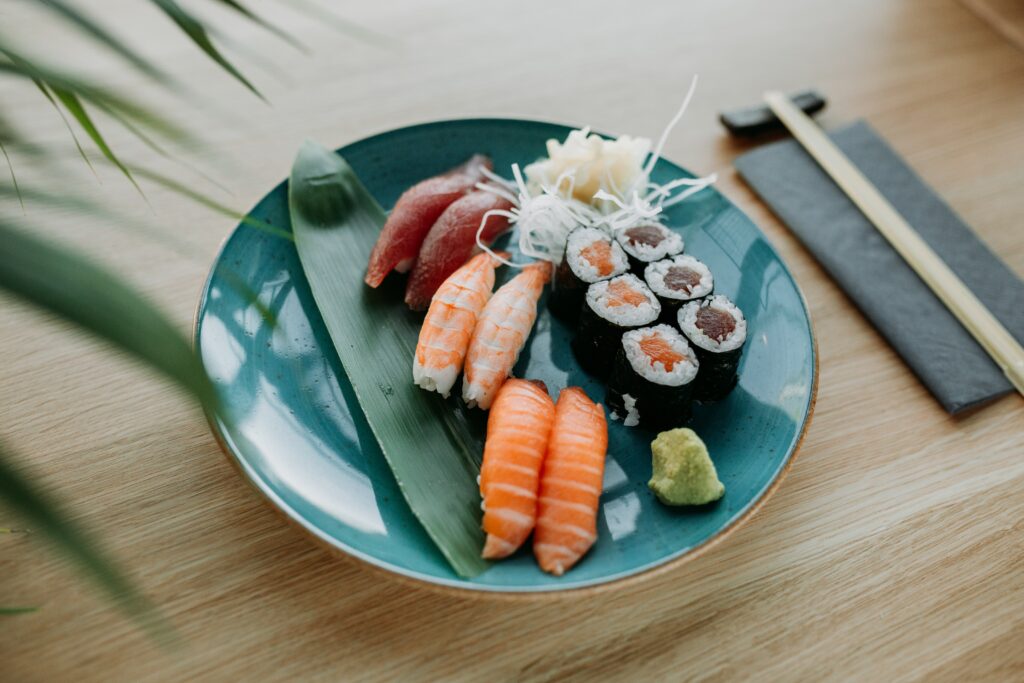
The country’s most famous food, sushi, is also one of the most straightforward dishes in the world. It is simply lightly seasoned rice and fish, with pickled ginger and spicy wasabi paste as complements. In Japan, apprentices devote years to perfecting every step of sushi preparation before becoming sushi chefs.
The truly iconic dish came about centuries ago, as a method of preserving fish by fermenting it in boiled rice. Over time, Japanese shortened the fermentation time and by the early 19th century they began skipping the fermentation process altogether and just eating slices of tuna, mackerel and salmon raw.
While some Japanese do pursue sushi meals with abandon, eating it several times a week, most Japanese visit sushi restaurants just every month or so. Sushi restaurants in particular are considered special; dining at them is a treat. At the same time, it is easy to find simple sushi in bento boxes at convenience stores — something to eat for a quick lunch or dinner.
Onigiri
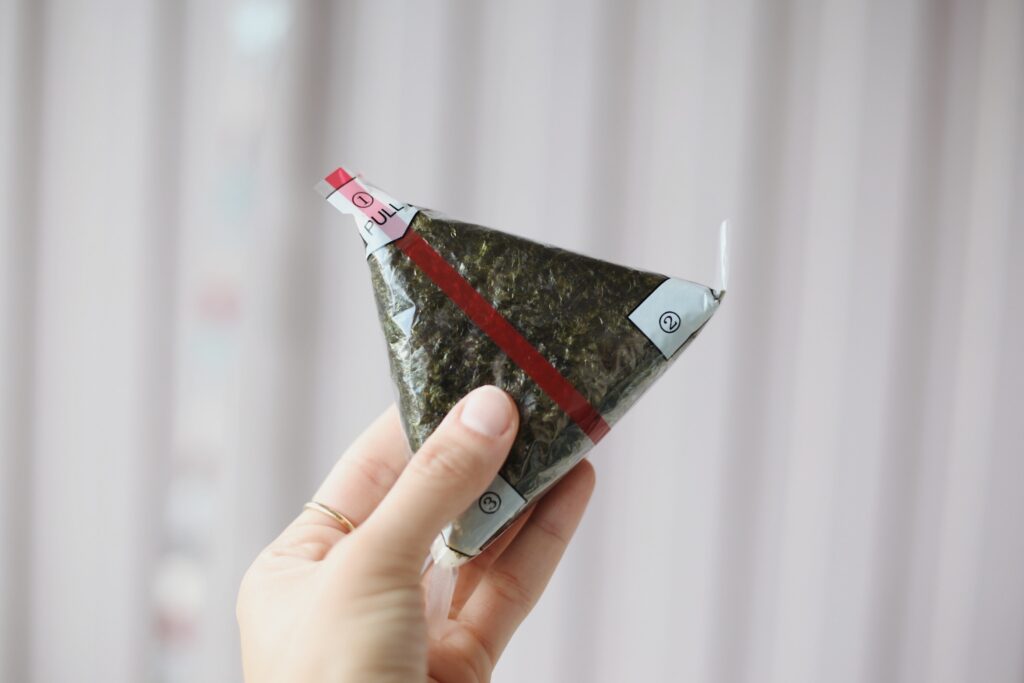
One of the most common dishes in Japan, onigiri is Japan’s answer to a sandwich. Meats or vegetables are stuffed into patties of white rice shaped into triangles and encircled with dried seaweed. They are available at gas stations, vending machines, restaurants and kitchens across the country.
Tempura
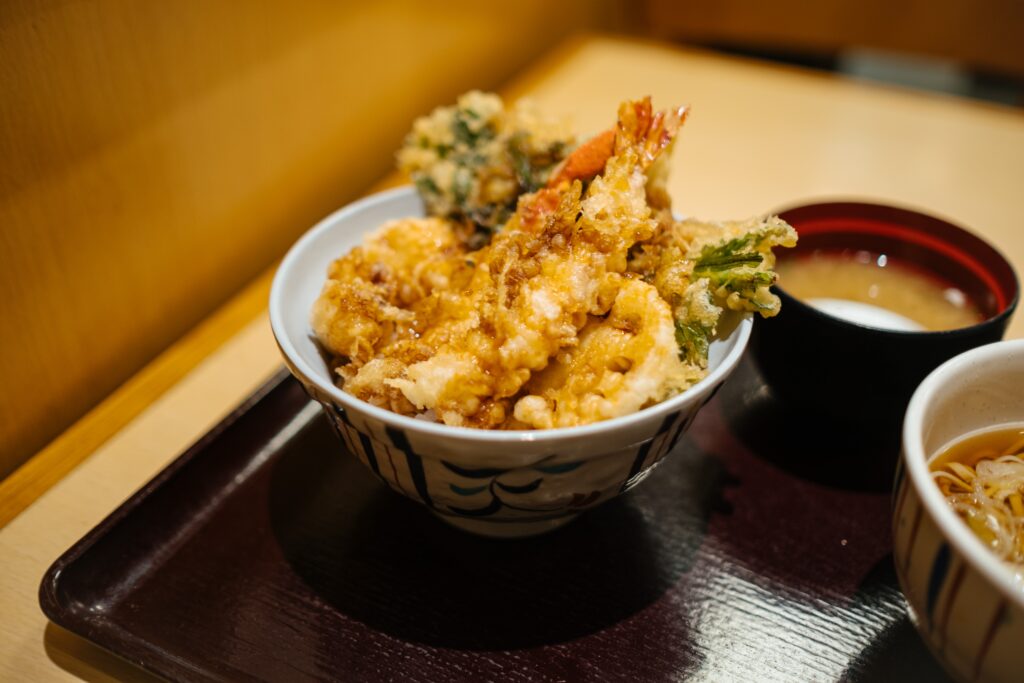
Japanese cuisine uses precious little oil. But with tempura, oil is front and center, as ingredients like asparagus, carrot, onion, shrimp and fish are dipped in a light batter and then plunged into pots of hot oil. Balance is key to tempura, and it’s not easy to achieve. If the oil is not hot enough, the tempura will be soggy and unpleasant. If it’s too hot, though, the tempura might not spend enough time in the hot oil before the meats and vegetables are cooked. Crafting the batter, too, requires close attention to detail. With tempura, chefs work to create foods gauzed in thin but crisp jackets of fried batter.
Miso Soup

As mentioned earlier, rice and miso serve as the foundations of Japanese food. And miso soup is a daily staple, and quite simple. Normally, it is simply a traditional Japanese broth called dashi, which combines dried seaweed and dried flakes of skipjack or bonito tuna with miso paste. It accompanies many different Japanese meals.
Noodles
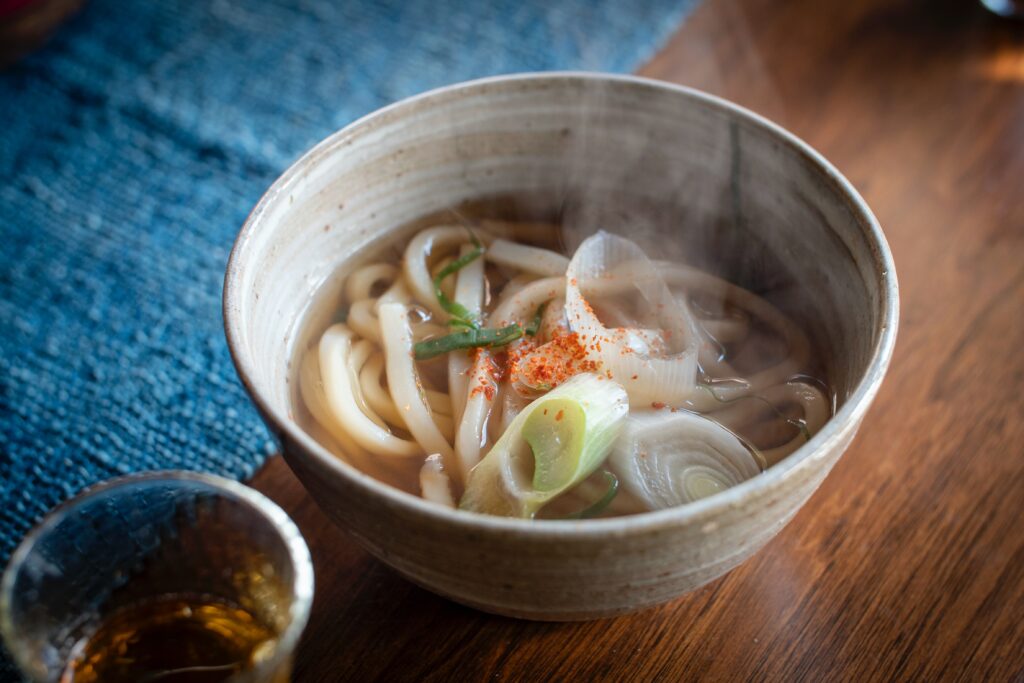
The famous Japanese soup ramen depends on chewy wheat noodles, called ramen. Udon noodles represent another important noodle in Japan, thick wheat noodles that are often served chilled in the summer and in soups when it’s cold outside. Soba noodles are made from buckwheat rather than wheat, and are often incorporated into hot broths as well as being served cold, with dipping sauces.
Yakitori
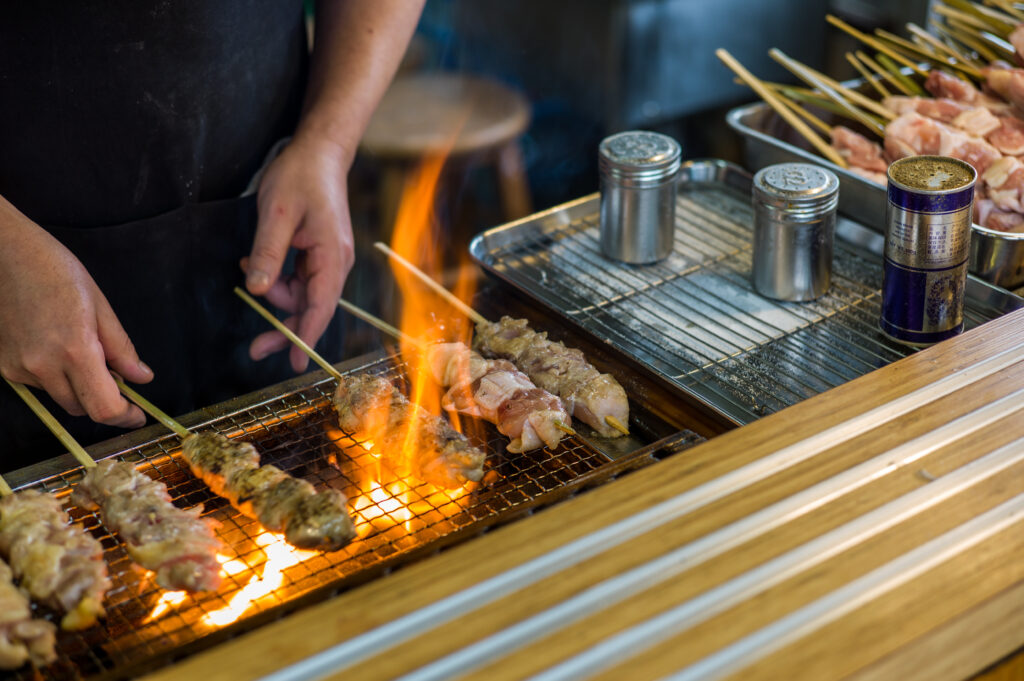
While rice, vegetables and seafood comprise a large balance of the Japanese diet, meat is popular too. One style of Japanese chicken is yakitori, in which cubes of chicken get fixed on skewers and grilled over charcoal. Entire restaurants serve nothing but yakitori. While chicken is the most popular type of yakitori, Japanese also grill other meats and ingredients on skewers.
With each of these dishes, Japanese drink tea, as well as beer, sake and spirits. We adore how these unique teas complement Japanese foods so well.
Japanese Teas and Food: Organic Genmaicha
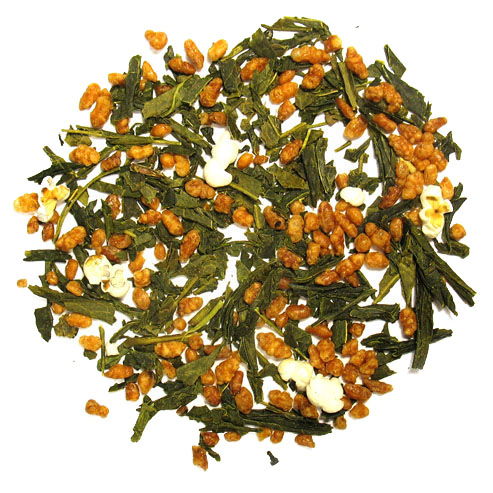
This classic Japanese blend of green tea — normally bancha (see below) with roasted rice offers complex flavors — a wonderful marriage of the earthy, caramelized flavors of roasted rice with the grassy, herbal and even seaweed flavors that characterize many Japanese green teas.
As such, Japanese often pair genmaicha with sushi; the tea’s rice and grassy notes complement sushi’s simple flavors.
Japanese Teas and Food: Organic Bancha
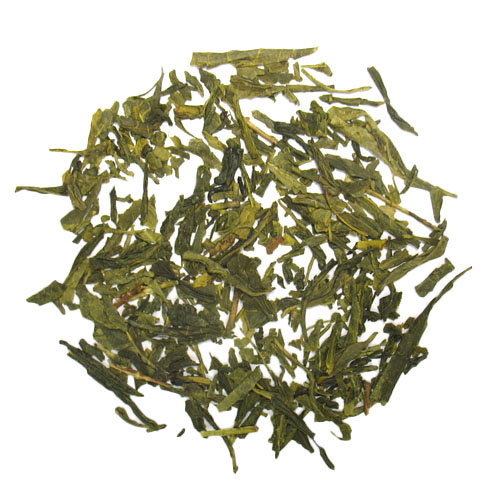
People across Japan drink bancha every day. It’s a pleasant and healthy everyday tea, coming from a later harvest from some of the same tea bushes that yield sencha, Japan’s most popular tea. The leaves used are more mature than those harvested for sencha, and as a result less concentrated with flavor and caffeine.
Bancha offers distinct straw aromas, and subtle flavors often described as vegetal and slightly nutty.
People who follow the macrobiotic diet, which among other things shuns meat, often drink bancha. Japanese pair this tea with just about everything, although it plays exceptionally well with dishes that incorporate soy sauce, which of course describes many Japanese dishes!
Japanese Teas and Food: Hojicha
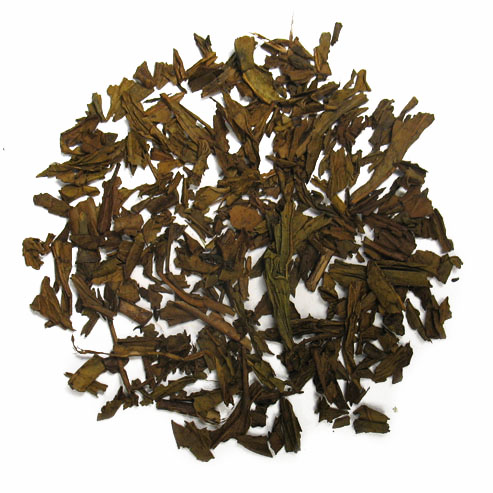
Where most Japanese green teas offer different flavor variations on a theme of grassy and vegetal, hojicha is completely different, with more caramelized, smoky flavors. Rather than grass, it tastes more like earth.
The difference rests with the tea farmers who craft hojicha. Like most Japanese teas, it gets steamed immediately after harvest, followed by drying and rolling. But then hojicha gets roasted over charcoal, turning the green leaves brown and imparting rich, smoky flavors.
Hojicha’s relatively bold flavors partner wonderfully with umami-dense dishes like ramen and yakitori, while also complementing more subtle dishes like tempura and soba noodles.
It is low in caffeine, too, and often sipped after dinner.

